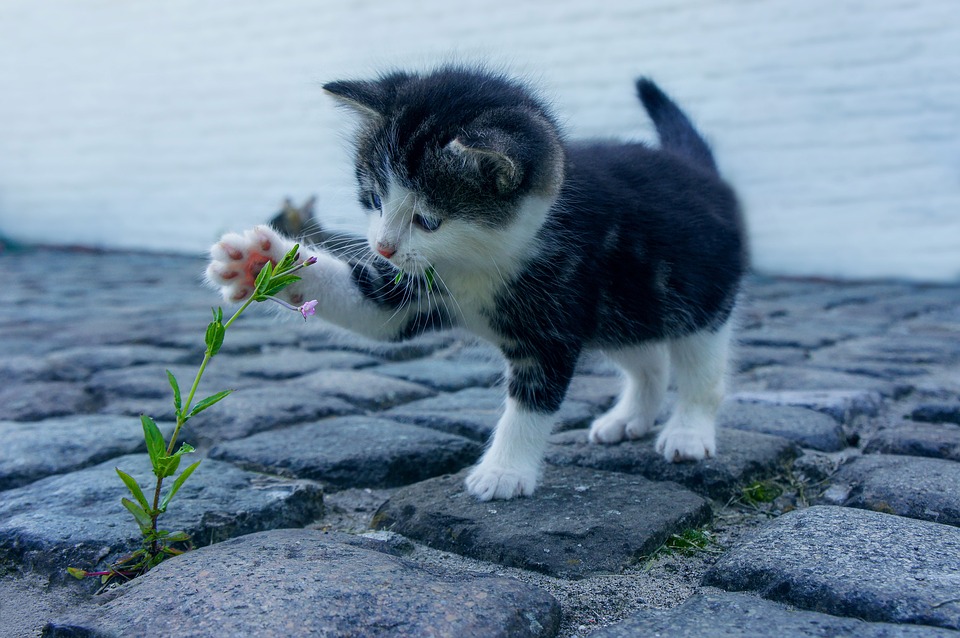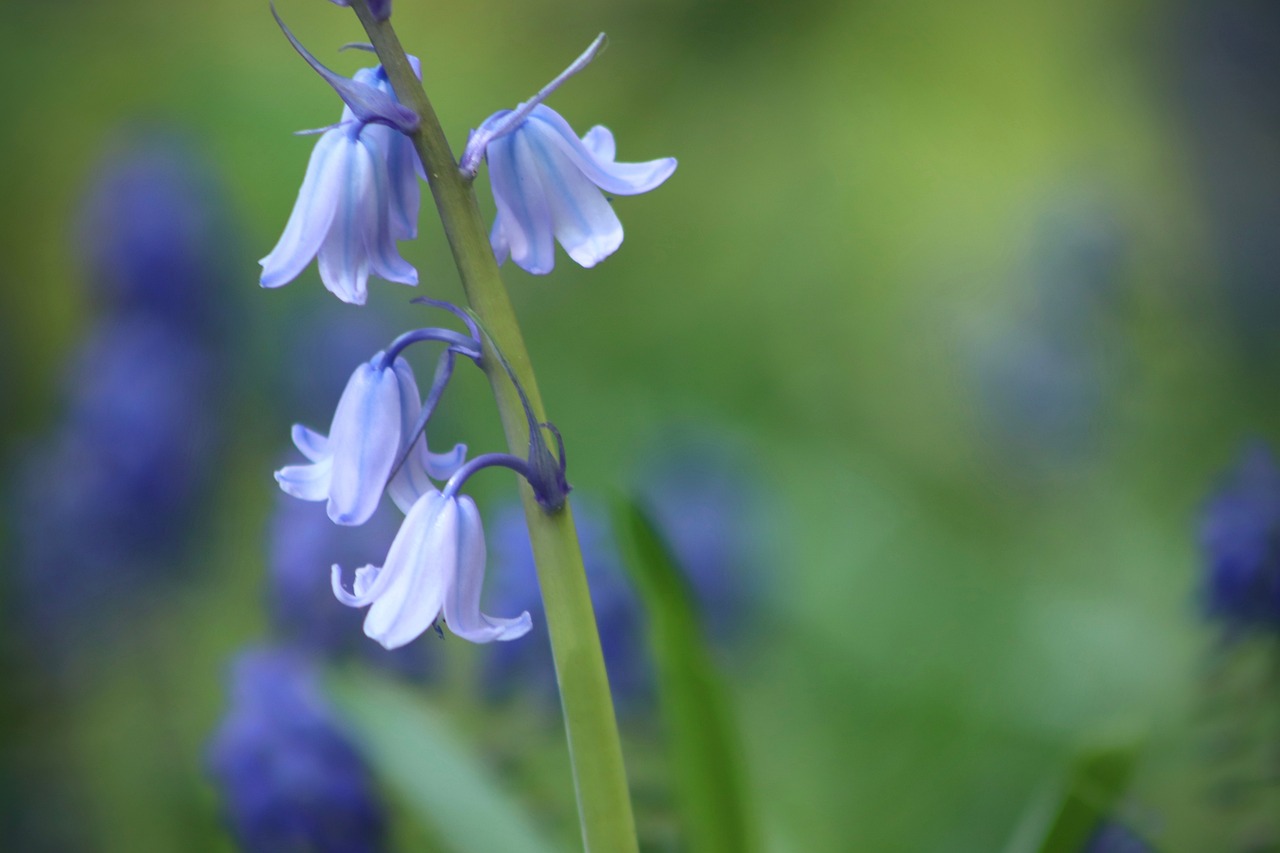Bougainvillea is a genus of thorny ornamental vines and bushes native to South America, particularly Brazil. The plant is named after French navigator Louis Antoine de Bougainville, who discovered it during his expedition to the region in the 18th century. Bougainvillea plants are known for their vibrant and colorful bracts surrounding their small white or yellow flowers, making them famous for gardens, landscapes, and indoor plant collections. In this blog, we will explore the beauty and versatility of the Bougainvillea plant, from its different varieties and growing conditions to its many uses.
Varieties of Bougainvillea
Bougainvillea plants come in various species and cultivars, each with distinct features and characteristics. The most common species is Bougainvillea spectabilis, which has bright pink, red, or purple bracts and can grow up to 30 feet long. Another popular species is Bougainvillea glabra, which has smaller and thinner leaves but larger and more numerous bracts. Bougainvillea plants can also be hybridized to produce new cultivars with unique color combinations and growth patterns. Some popular cultivars include:
• ‘Barbara Karst’ – with deep magenta-red bracts and dark green leaves.
• ‘San Diego Red’ – with red bracts that fade to a lighter pink over time.
• ‘Royal Purple’ – with dark purple bracts and glossy leaves.
• ‘Raspberry Ice’ – with variegated pink and white bracts.
Growing Conditions for Bougainvillea
Bougainvillea plants are known for their hardiness and can thrive in various growing conditions. They prefer full sun exposure and well-drained soil, but can also tolerate partial shade and occasional drought.
Bougainvillea plants can be grown in pots or containers, but their extensive root systems need ample space to develop. They are also heat and cold-tolerant, making them suitable for growing in tropical and subtropical regions and in temperate climates with mild winters.

Uses of Bougainvillea
Bougainvillea plants are not only prized for their ornamental value but also for their various uses in different fields. Here are some of the most common uses of Bougainvillea:
Landscaping – Bougainvillea plants are a popular choice for landscaping due to their vibrant and colorful bracts, which can add a striking visual appeal to any garden or landscape design. They can be grown as climbers, hedges, or shrubs and can also be trained to grow on trellises or pergolas.
Medicinal – Bougainvillea plants have been traditionally used in herbal medicine to treat various ailments, including inflammation, wounds, and fever. The plant’s leaves and flowers contain antimicrobial, anti-inflammatory, and antioxidant compounds, which can help boost the immune system and promote overall health.
Textiles – Bougainvillea plants can be used to produce natural dyes for textiles. The bracts contain pigments that can be extracted and used to dye fabrics in shades of pink, red, and purple.
Food and Beverage – Bougainvillea plants are also used in some culinary applications. The flowers and bracts are edible and can be used to make teas, jams, and desserts in some cultures. However, it’s important to note that some species of Bougainvillea contain toxic compounds and should not be consumed without proper preparation or guidance from an expert.

Caring for Bougainvillea
Caring for Bougainvillea plants is relatively easy, but there are some key considerations to keep in mind. Here are some tips on caring for Bougainvillea:
Watering – Bougainvillea plants prefer well-drained soil that is slightly moist but not waterlogged. They can tolerate some drought, but it’s important to avoid letting the soil completely dry out. Water the plant deeply but infrequently, allowing the soil to dry out partially between waterings.
Fertilizing – Bougainvillea plants benefit from regular fertilization with a balanced fertilizer high in phosphorus. Fertilize the plant every 4-6 weeks during the growing season, and reduce fertilization in the winter
Let us know if these few tips have helped you in the comments below!



